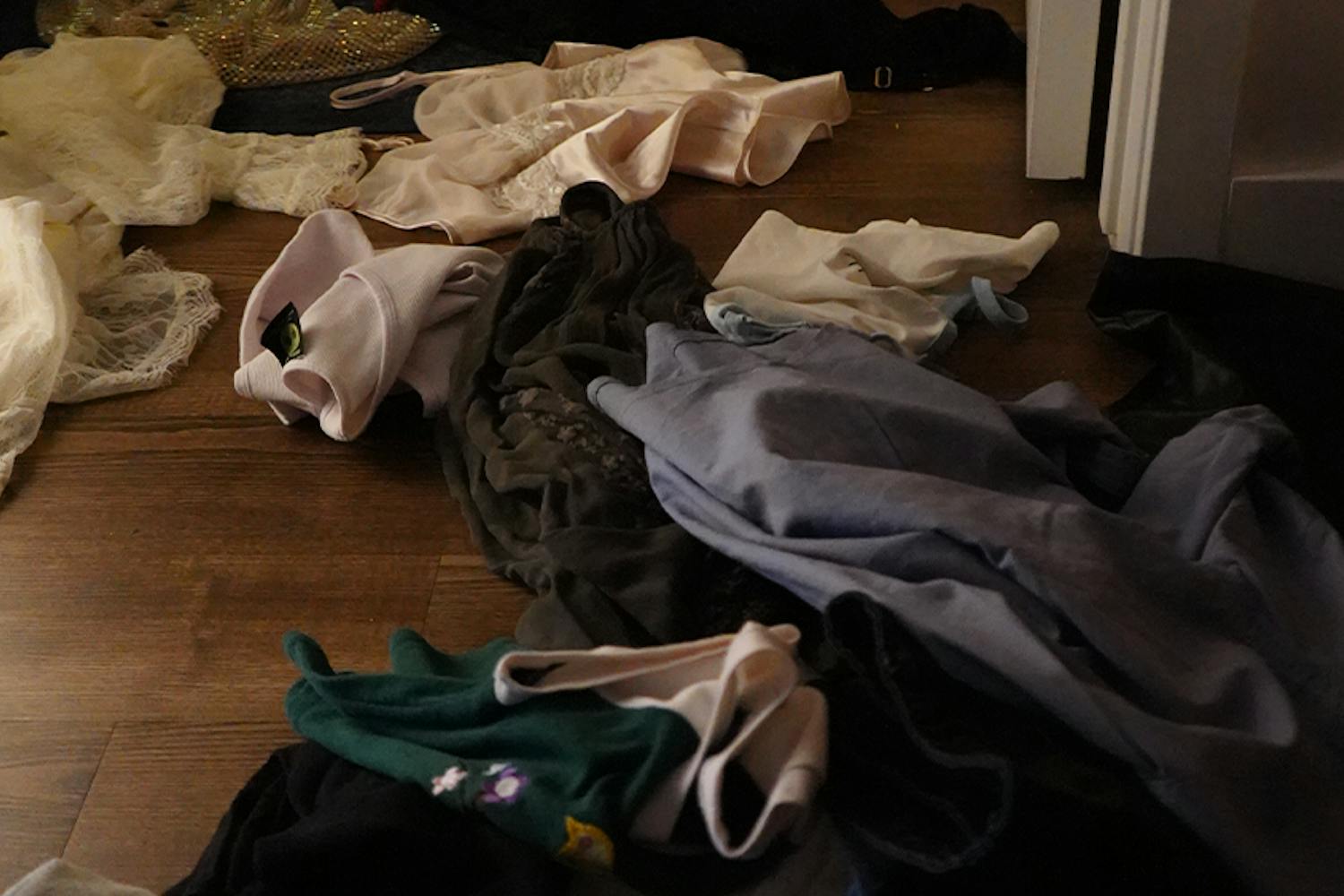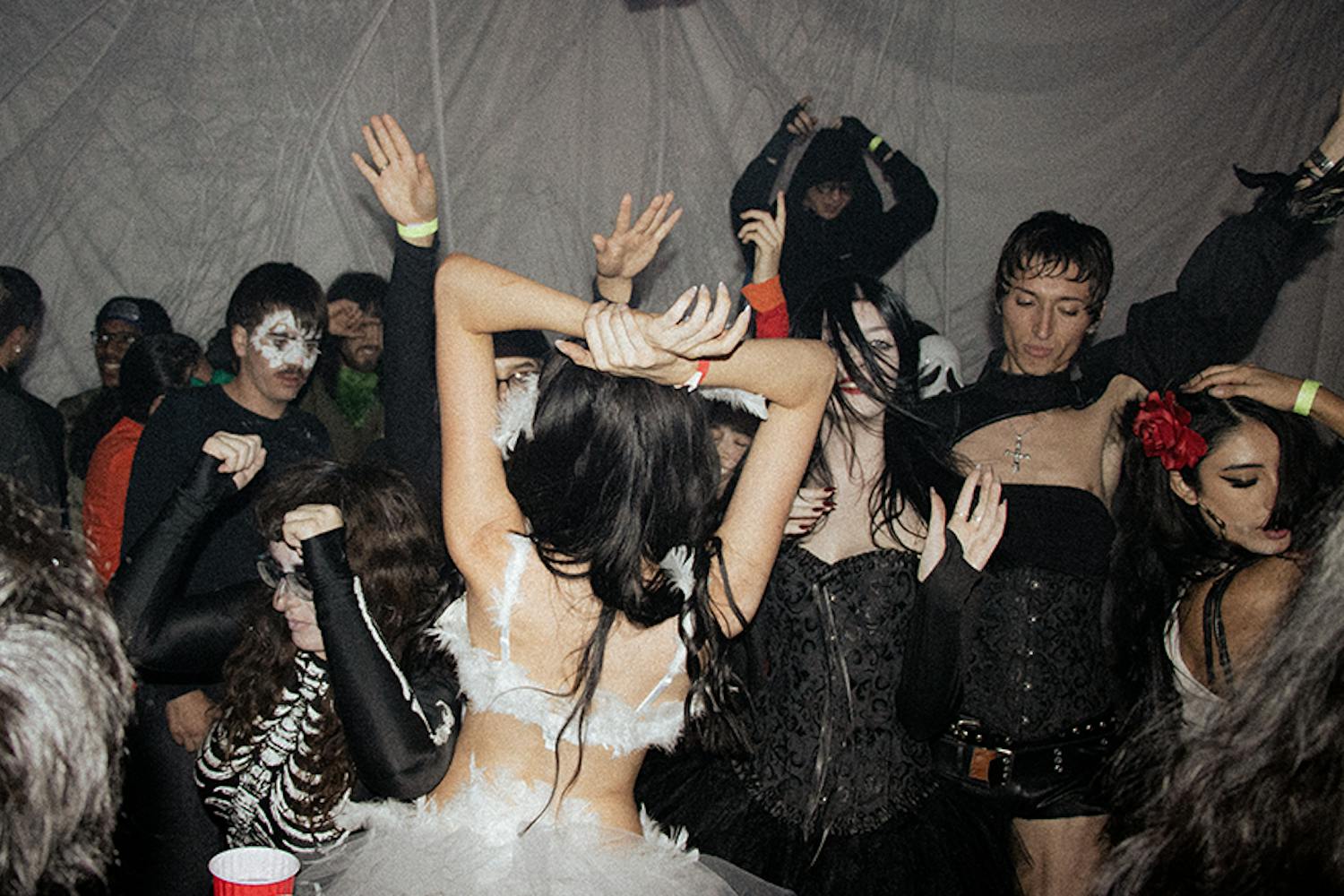The future of ASU's dorm life looks bleak, despite the ballyhooing of Residential Life's executive director, Michael Coakley, over the 21st Century Project's "dorm-of-the-future" initiative reported in last Tuesday's State Press.
Walls that alter color and move to reshape rooms? Electricity that emanates from the floors to automatically charge iPods? These are the irresponsible musings of an out-of-touch bureaucracy.
Problems with many of the proposed "innovations" are apparent. Color-changing paint would be costly to replace and would lead to a stringent enforcement of the "no-nails-in-the-wall" policy. Moveable walls wouldn't block noise - and recall how much we love cubicles, those moveable walls of the office.
Wireless electricity, my science friends tell me, was tested by Serbian genius Nikola Tesla and is entirely possible, but has the unfortunate side effect of interfering with electronic signals. You can wirelessly charge your iPod, or you can listen to it, but never at the same time.
But never mind the practical constraints on these technological dreams. Residential Life's desire to test this dorm concept demonstrates, in sharp detail, how far removed it is from campus residents.
Think "out of touch" is too harsh? Recall that the bureaucracy has actual policies on not using the word "dorm," insisting that its Latin root, dormi, suggests a place used only for sleeping.
Once, while living in Center Complex, I ran into a tour group being shown the building.
"This is the best dorm on campus," I gushed to the prospective students, "you should all consider living here."
"You mean, residential hall," the Residential Life tour guide snapped in response.
The department's fetish for the slick and new is ironic because residents have important needs that could be met by 1950s technology. Reliable hot water, for example, was a constant problem in my four years living on campus.
The University could go a long way to improve dorm life by properly staffing their Facilities Management department and promptly fixing utility problems as they come up.
Residential Life's critical problem, however, is that it pursues its goal of forming healthy community through a never-ending series of programs. Creating kinship among strangers is not accomplished by holding seminars on "Safe Partying 101."
The department's engrossment in programming saps its ability to actually form community.
Resident assistants are required to hold a certain number of "floor events" each semester.
I remember seeing two RAs - both competent and popular - desperately wandering the halls of Center Complex seeking residents to drag to some event.
Given a quota of floor events to hold each semester, they told my friends, "Look, we will personally buy you dinner at any restaurant on campus if you'll come to this dumb program with us."
Residential Life's philosophy measures attendance rather than relationships.
The department could move forward if it focused on lower-stress, more participatory forms of community interaction. Encouraging RAs to open their doors twice a week for a floor viewing of "The Colbert Report," accompanied by snacks, could work wonders.
If the campus is interested in building better dorms, it ought to consider living arrangements that physically promote interaction. Community, according to Joseph Myers, the author of "The Search to Belong: Rethinking Intimacy, Community, and Small Groups," is more like slime mold than a carefully planted tree: It arises spontaneously when the conditions are right.
Especially important are "middle spaces" which sit between the private spaces of the dorm and the public spaces of the elevators and halls. In prewar America, this was the front porch; something similar needs to become part of every new campus dorm.
Color-changing walls are a half-baked scheme. Residential Life's plans to build a dorm of the future do not offer real help for residents.
Creating healthy communities means assisting people to come together on their own: freeing RAs to do useful community building and constructing new dorms designed for sociality.
And, for heaven's sake, it could give residents something they need more than inane programs or shiny technology: reliable hot water.
Brandon Hendrickson struggled for four years to create middle spaces in Center Complex before admitting defeat. He and Residential Life have unfinished business. He can be reached at Brandon.Hendrickson@asu.edu.



